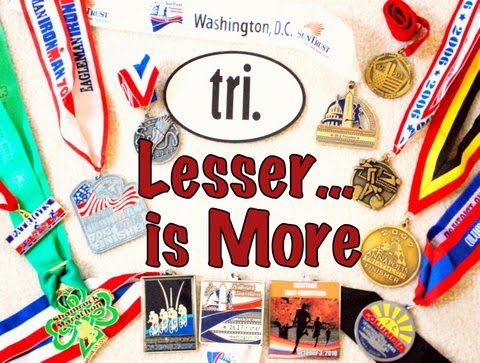Alternatively titled "How average people get running injuries really easily".
Let me set the scene for you: Guy and his girlfriend are sitting on a bench, while he tries on running shoes.
Guy (while he tries on a pair of neutral ASICS): These feel good.
Girlfriend: They are ugly, you're not getting those. Try on those (pointing to the Nike Frees).
Guy (after putting on ONE shoe, while wearing non athletic shoes on the other and doing a quick jog): These are comfy and light.
Girlfriend: Good, they look much better than those other ones.
Notice something missing? ....aside from the fact that the guy just bought a pair of shoes without trying both of them on. There was no communication or advice from the person working at the store. Based on the observation I made of A) trying only 1 shoe on and B) buying shoes strictly based on appearance, I'm pretty sure this guy has no clue what running in Nike Frees can do if you are not structurally sound or aware of the difference between running in a shoe with a lot more flexibility versus a standard shoe that is quite a bit more rigid.
Like all other "natural" running style shoes, most people can't just pick them up and run. Some people do with great success, but many people develop top of foot pain (TOFP) or stress fractures in the metatarsals due to not knowing how to properly transition to these shoes. You have to gradually work them in AND ensure you lower leg muscles are able to support the new stresses that come from the newfound freedom these kinds of shoes give your foot. While you'll be running more naturally without the restriction of a stiff shoe, you're also using muscles you haven't been using and those muscles that were used to running a certain way (for years in most cases!) will now be stressed differently. Average people don't understand this. And it frustrates me to see this happen. So what can be done?
Well for one thing, most specialty running stores can at least tell you about some good strategies for adapting to new shoes...even ones that don't provide as drastic of a change as the example above. Sometimes changing models of the same shoe can create problems if not done properly. In general, you just need to give yourself time to gradually adapt, little by little. This starts with wearing them around the house and walking, before gradually incorporating them into your running routine. It doesn't always mean taking them home and running 15 miles in them to see if they feel as good as your past pair. Doing so is a recipe for disaster.
Additionally, some companies include guidance either in the packaging or online to help you learn how to adapt to your new shoes. It seems so simple, yet some companies either don't know enough about the products they are selling to provide the guidance or they just don't care about anything other than selling shoes. To me, it seems like the ones that care, are the ones that are forthright with guidance and information. And those are the companies we should support - the ones that are obviously in the business to sell shoes, but to also educate their users about how best to utilize their products as tools.
With the increased popularity of minimalistic/barefoot running, it is critically important that you understand the differences between the shoes and prepare your body for the new adaptations, should you choose to go that route. But with more and more companies throwing "minimal" shoes out into the market without much consideration for the runners who will be wearing them, it seems like it is sometimes up to us to be the responsible one. Do yourself a favor and be responsible, but also support the companies that show an equal respect to you, since you are relying on them....they should show the same respect to you.

1 comment:
dude... agreed... and them "Frees" aint free....
Post a Comment